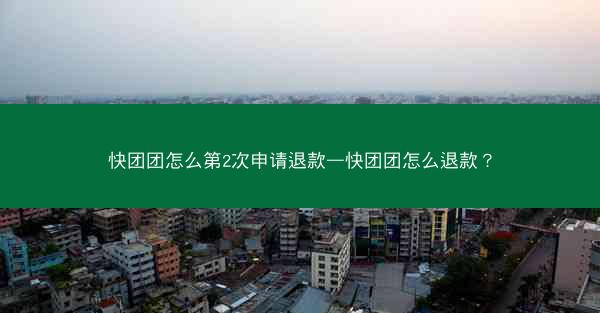
The Challenge of Server Connection Timeout: A Comprehensive Analysis
In the digital age, server connection timeout has become a common issue that affects the user experience and the reliability of online services. The phrase server connection timeout in English, often abbreviated as connection timeout, refers to the situation where a client's request to a server does not receive a response within a specified time frame. This article aims to delve into the concept of connection timeout, exploring its various aspects and implications. By providing a comprehensive analysis, we hope to shed light on the complexities surrounding this issue and spark readers' interest in understanding and addressing it effectively.
Understanding Connection Timeout
Connection timeout occurs when a client's request to a server is not acknowledged within a predefined period. This can happen due to various reasons, such as network congestion, server overload, or incorrect configuration. The timeout value is typically set by the client or server and can range from a few seconds to several minutes, depending on the application's requirements.
Network Latency and Distance
One of the primary factors contributing to connection timeouts is network latency. Latency refers to the time it takes for data to travel from the client to the server and back. Higher latency, often caused by long distances or network congestion, can significantly increase the chances of a timeout occurring.
Server Overload
When a server is overwhelmed with requests, it may not be able to process them in a timely manner. This can lead to connection timeouts as the server struggles to keep up with the incoming traffic. Server overload can be caused by high user activity, software bugs, or hardware limitations.
Incorrect Configuration
Misconfiguration of either the client or server can also result in connection timeouts. For example, incorrect timeout settings, firewall rules, or DNS configurations can disrupt the communication between the client and server.
Impact of Connection Timeout
The occurrence of connection timeouts can have several negative impacts on both users and businesses.
User Experience
Connection timeouts can be frustrating for users, leading to a poor experience and potentially discouraging them from using the service again. This can have long-term consequences for user retention and satisfaction.
Business Reputations
For businesses, connection timeouts can damage their reputation and credibility. Users may perceive the service as unreliable or poorly maintained, which can affect customer trust and loyalty.
Revenue Loss
In some cases, connection timeouts can lead to a direct loss of revenue. For example, e-commerce platforms may lose sales due to timeouts during the checkout process.
Operational Costs
Addressing connection timeouts often requires additional resources, such as network upgrades or server optimizations. These costs can be significant, especially for large-scale operations.
Preventing Connection Timeout
To mitigate the occurrence of connection timeouts, several strategies can be employed.
Optimizing Network Infrastructure
Improving network infrastructure, such as upgrading hardware and optimizing routing, can reduce latency and improve overall network performance.
Load Balancing
Implementing load balancing techniques can distribute traffic evenly across multiple servers, preventing any single server from becoming overwhelmed.
Timeout Settings
Properly configuring timeout settings on both the client and server sides can help manage expectations and ensure that timeouts occur only when necessary.
Monitoring and Alerting
Regularly monitoring server performance and setting up alerting systems can help identify and address issues before they lead to connection timeouts.
Testing and Simulation
Conducting thorough testing and simulation of various scenarios can help identify potential bottlenecks and optimize the system for better performance.
Conclusion
In conclusion, connection timeouts are a significant challenge in the realm of server communication. By understanding the factors contributing to timeouts and implementing effective strategies to prevent them, businesses and users can ensure a more reliable and enjoyable online experience. This article has explored various aspects of connection timeouts, providing insights into their causes, impacts, and potential solutions. As technology continues to evolve, addressing connection timeouts will remain an essential aspect of maintaining a robust and efficient online presence.
Future Research Directions
Further research could focus on developing more sophisticated algorithms for predicting and preventing connection timeouts. Additionally, exploring the role of artificial intelligence in optimizing network performance and reducing timeouts could be a promising area of study. By continuously improving our understanding of this issue, we can pave the way for a more reliable and seamless digital world.










